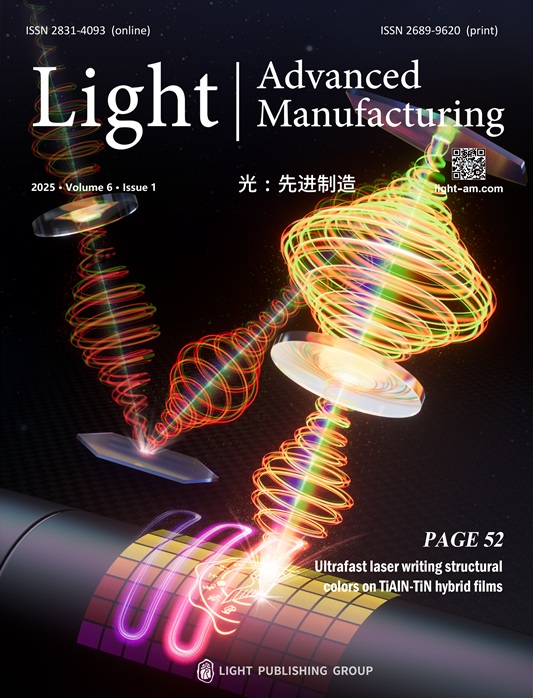-
Precise detection of the subtle movements of objects that are imperceptible to our naked eye has always been an enduring aspiration of humanity. Optical metrology, the science of precise measurement of physical quantities — distances, angles, velocities, and others — using light, has been a cornerstone in the advancement of unparalleled accuracy and resolution, especially that using structured light with sophisticated spatially tailored pattern1–3. Among the myriad applications of optical metrology, the measurement of angular velocity — velocimetry — stands out as a critical task in various scientific and industrial domains, from the study of celestial mechanics to the operation of high-speed machinery4. For a typical instance, interacting vortex beams carrying orbital angular momentum with spinning object can induce rotational Doppler effect (RDE), which helped us detect high-speed rotational velocity of object by detecting rotational frequency shift of light, useful for remote sensing and observational astronomy5.
While, recent innovations in optical metrology have been driven by the need for more compact, robust, and versatile measurement tools that can be integrated into a variety of systems and environments. To face such challenge in velocimetry, an all-fiber rotational Doppler velocimetry (AF-RDV) developed by Wan et al. represents a significant leap forward in the field6, see Fig. 1 for the schematic. This novel technique not only enhances the precision and simplicity of angular velocity measurements but also opens up new possibilities for real-time monitoring and control in dynamic systems.

Fig. 1 Schematic view of all-fiber rotational Doppler velocimetry. Ω – angular velocity of rotating object; Δf – frequency shift of twisted light.
Moreover, the experimental results obtained by Wan et al. demonstrate the reciprocal property of the RDE, showing that the rotational Doppler shift is consistent regardless of the mode of operation. This consistency is a testament to the robustness and reliability of the AF-RDV system. The AF-RDV’s achromatic property, enabling operation over an ultra-broadband wavelength range, simplifies system requirements and enhances adaptability to various measurement scenarios. The compact design and reciprocal operation schemes imply that the AF-RDV can be integrated into a wide range of devices and systems, offering high-precision angular velocity measurements in real-time large-scale industrial monitoring systems and control applications across aerospace, automotive, and manufacturing industries.
The AF-RDV’s potential applications are vast, including monitoring aircraft engines, enhancing automotive safety systems, and ensuring precision in manufacturing processes. Looking ahead, the AF-RDV technology could be further extended to achieve even higher levels of precision and sensitivity. For instance, the integration of more complex and precise topological features in other kinds of advanced structured light, such as vector beams7, superoscillatory light fields8 and optical skyrmions9, could significantly enhance the detection precision of the AF-RDV. These advanced structured light techniques could enable the system to achieve even higher levels of sensitivity and resolution, making it suitable for micro-scale systems and lab-on-a-chip devices, thus expanding its applicability and impact in both research and industrial settings.
Twist metrology with twisted light in fibers
- Light: Advanced Manufacturing , Article number: (2025)
- Received: 06 February 2025
- Revised: 07 March 2025
- Accepted: 07 March 2025 Published online: 21 April 2025
doi: https://doi.org/10.37188/lam.2025.028
Abstract: A recent breakthrough of optical metrology is the all-fiber rotational Doppler velocimetry using twisted light, which offers a compact, reciprocal, and ultra-broadband solution for measuring the angular velocity of rotating objects.
Rights and permissions
Open Access This article is licensed under a Creative Commons Attribution 4.0 International License, which permits use, sharing, adaptation, distribution and reproduction in any medium or format, as long as you give appropriate credit to the original author(s) and the source, provide a link to the Creative Commons license, and indicate if changes were made. The images or other third party material in this article are included in the article′s Creative Commons license, unless indicated otherwise in a credit line to the material. If material is not included in the article′s Creative Commons license and your intended use is not permitted by statutory regulation or exceeds the permitted use, you will need to obtain permission directly from the copyright holder. To view a copy of this license, visit http://creativecommons.org/licenses/by/4.0/.






 DownLoad:
DownLoad: